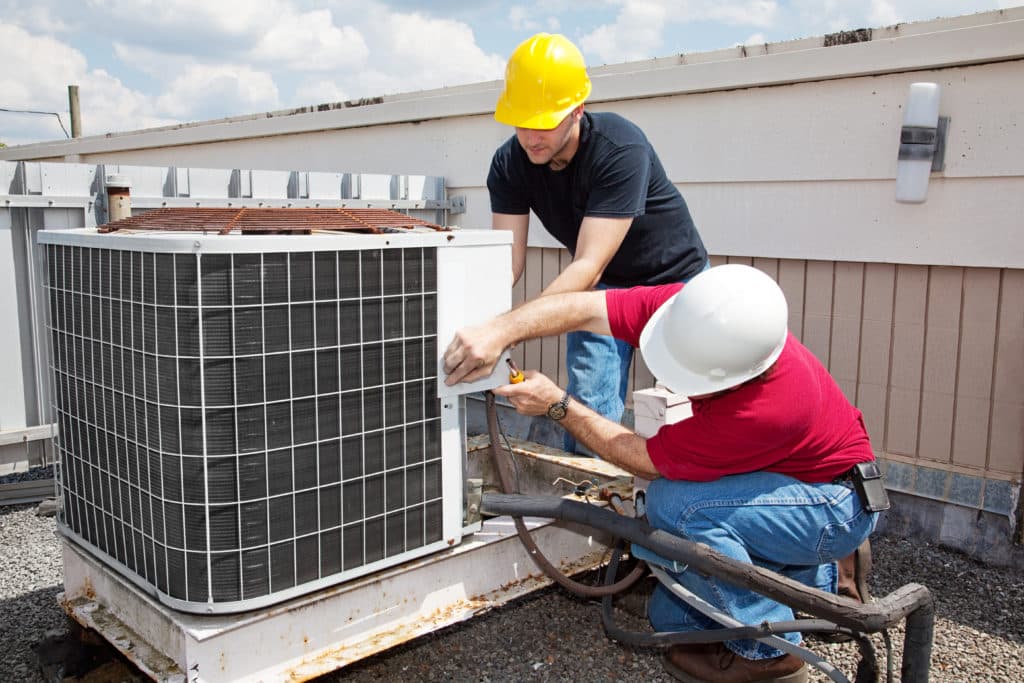Energy efficiency, occupant comfort, and overall building performance are all significantly impacted by poorly designed or poorly constructed HVAC (Heating, Ventilation, and Air Conditioning) systems. One key aspect of HVAC system optimisation is the strategic placement of rooftop plant platforms. These platforms serve as elevated foundations for HVAC equipment, offering a range of benefits, including space optimisation, ease of maintenance, and improved system performance. This all-inclusive guide will delve into the different factors to think about and the best ways to install rooftop plant platforms for HVAC systems.
Rooftop Plant Platforms
Rooftop plant platforms, also known as equipment pads or supports, are elevated structures installed on building rooftops to accommodate HVAC equipment such as chillers, air handling units, condensing units, and cooling towers. These platforms provide a stable and secure foundation for the equipment, ensuring proper operation while minimising structural loads on the building.
Benefits Of Rooftop Plant Platforms
Implementing rooftop plant platforms offers several advantages for HVAC systems and building operations:
Space Optimisation:
By elevating HVAC equipment off the ground, rooftop plant platforms free up valuable indoor space for other purposes such as offices, storage, or recreational areas.
Improved Maintenance Access:
Accessing HVAC equipment located on rooftops can be challenging without proper platforms. Rooftop plant platforms provide safe and convenient access for maintenance personnel, reducing downtime and maintenance costs.
Enhanced System Performance:
Elevating HVAC equipment helps to optimise airflow and ventilation, leading to improved system performance and energy efficiency. Additionally, rooftop placement can minimise noise and vibration transmission to occupied spaces.
Structural Integrity:
By distributing the weight of HVAC equipment uniformly, rooftop plant platforms lessen the building’s structural stress and delay or prevent damage from gradual degradation.
Design Considerations
In addition to structural integrity and aesthetic considerations, careful planning of rooftop plant platforms involves incorporating efficient roof access solutions to ensure safe maintenance and servicing of HVAC equipment. Rooftop plant platforms for HVAC systems require careful planning to ensure proper installation:
Load-Bearing Capacity:
The structural integrity of the building’s roof must be assessed to determine its load-bearing capacity and suitability for supporting rooftop plant platforms and HVAC equipment.
Accessibility:
Designing rooftop plant platforms with adequate access pathways and service clearances is essential for safe and efficient maintenance operations. Consideration should also be given to the installation of access ladders, stairs, or hoisting systems as needed.
Weather Protection:
Weather conditions such as rain, snow, and extremely hot or cold can damage HVAC systems installed on rooftops. Incorporating weatherproofing measures such as enclosures or shelters can help to protect equipment and prolong its lifespan.
Code Compliance:
Rooftop plant platforms must comply with local building codes and regulations governing structural design, safety standards, and environmental considerations. Engaging with qualified engineers and consultants can ensure compliance with relevant codes and standards.
Future Expansion:
Anticipating future HVAC system upgrades or expansions is essential when designing rooftop plant platforms. Allowing sufficient space and capacity for additional equipment can help to accommodate future growth without the need for major structural modifications.
Installation And Maintenance
Rooftop plant platforms and HVAC systems are only as good as the installation and maintenance that goes into them. The following guidelines should be followed:
Professional Installation:
Rooftop plant platforms should be installed by qualified professionals with experience in structural engineering and construction. Attention should be paid to proper anchoring, alignment, and waterproofing to ensure stability and durability.
Regular Inspections:
Routine inspections of rooftop plant platforms and HVAC equipment should be conducted to identify any signs of damage, wear, or malfunction. Prompt repairs and maintenance can prevent costly downtime and extend the lifespan of the equipment.
Cleaning And Servicing:
Keeping rooftop plant platforms and HVAC equipment clean and free of debris is essential for optimal performance. Regular mvhr servicing of filters, coils, and other components can improve efficiency and indoor air quality.
Safety Measures:
In order to safeguard maintenance workers and avoid injuries, it is crucial to install suitable safety measures, including guardrails, fall prevention systems, and warning signs.
Conclusion
In conclusion, rooftop plant platforms play a vital role in optimising HVAC systems for commercial and institutional buildings. By providing a stable and elevated foundation for HVAC equipment, these platforms offer space optimisation, improved maintenance access, and enhanced system performance. To maximise the equipment’s lifespan and guarantee compliance with building rules and standards, meticulous planning should go into the design, installation, and maintenance of rooftop plant platforms. Rooftop planters can improve a building’s energy efficiency, tenant comfort, and overall performance with careful planning and installation.




